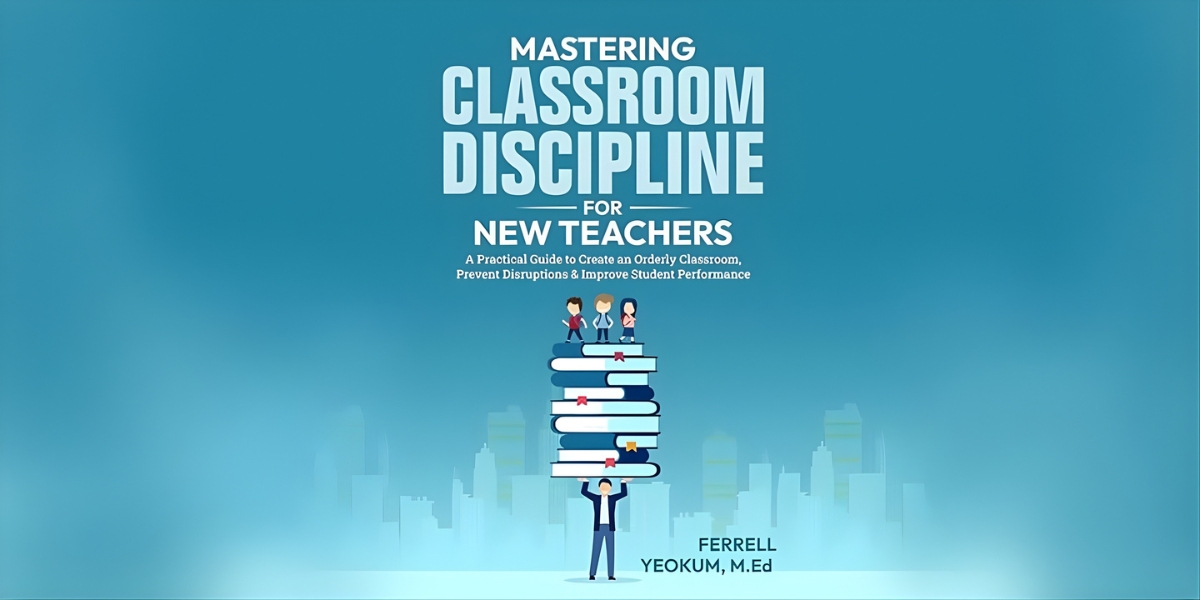Our world is moving incredibly fast. New technologies and ways of doing business are constantly popping up, meaning that jobs are changing too. Because of this, companies often find that the skills their people have don’t quite match the new skills needed for today’s jobs. This difference is often called a “talent gap.” To stay strong and keep growing, businesses are realizing it’s super important to help their current workers learn these new skills. This process, known as upskilling (learning new abilities for your current job) and reskilling (learning totally new abilities for a different job), is no longer just a nice idea; it’s a must-do.
The very nature of work is different now. Smart computer programs, machines that do tasks automatically, and new digital tools are changing every type of business, from factories to healthcare. This means many job roles are changing, and workers need new talents to do well. Instead of always trying to hire brand-new people with these specific skills (which can be very hard and costly), smart companies are looking inside their own teams. They are helping their existing staff learn what’s needed for the future.
Here’s how companies are actively helping their workers get the skills they need:
1. Training Programs Inside the Company
Many businesses are setting up their own clear and helpful learning programs right within their own walls. These programs come in different shapes and sizes:
- Special Classes and Workshops: Companies create their own lessons and hands-on sessions. These focus on exactly the digital tools, computer programs, or problem-solving methods that certain parts of the business need. For example, a marketing team might get a workshop on new social media tools, or a production team might learn about new factory software.
- Mentoring and Coaching: This is where experienced workers share their knowledge with others who want to grow. It’s like having a guide who can help you learn new skills, give advice on your career, and show you the ropes. This helps pass on valuable know-how that you can’t always get from a book.
- Job Swaps and Rotations: Sometimes, workers can spend time in different departments or even switch jobs for a bit. This helps them see the business from new angles, understand how different parts work together, and pick up a wider range of skills. It makes them more flexible and valuable to the company.
- Online Learning Hubs: Many companies now have their own internal websites or apps where employees can find courses, videos, and learning materials whenever they want. This makes learning easy and flexible, fitting into busy work schedules.
When companies invest in this kind of internal training, workers not only gain important skills but also feel more valued and connected to their workplace. They see that their company believes in them and wants them to succeed.
2. Working with Schools and Colleges
Sometimes, the best way to get very specialized training is from outside experts. So, businesses are forming strong partnerships with schools, community colleges, and trade schools. These partnerships offer many great things:
- Custom-Made Courses: Companies work directly with schools to design special classes or certificate programs. These programs are built to teach the exact skills that a company’s industry needs. For instance, a logistics company might work with a local college to create a course on how to manage complex shipping routes using new software.
- Apprenticeship Programs: These are becoming popular again. An apprenticeship combines learning on the job with structured classes. Workers get paid while they train and learn very specific, hands-on skills directly from experienced professionals. This method is especially good for skilled trades, technical roles, or new, complex jobs.
- Shared Research Projects: Sometimes, businesses and schools work together on new ideas or inventions. This helps the company stay ahead in its field and gives its workers a chance to learn about the newest discoveries and technologies as they happen.
- Company Experts Helping Schools: Business leaders often join special groups that advise schools on what to teach. This makes sure that what students are learning in school matches the skills that companies actually need when they hire.
These partnerships make sure that the learning is relevant to the real world, is recognized, and helps workers get qualifications that are valuable.
3. Using Technology to Make Learning Easy
Technology is a huge help in making training more accessible and personal for each worker.
- Online Learning Platforms: Websites and apps full of courses allow workers to learn at their own speed, from almost anywhere. This makes it much easier to fit continuous learning into busy lives.
- Virtual Reality (VR) and Augmented Reality (AR): These are like advanced computer games used for training. Workers can practice difficult or dangerous tasks (like operating heavy machinery or dealing with emergencies) in a safe, fake world. This helps them learn without risk and can save a lot of money compared to real-world training.
- Smart Learning Tools: Computer programs that use artificial intelligence can look at what skills a worker has and what they need to learn. Then, these programs suggest the best courses or lessons just for them, making learning more focused and effective.
Making Learning a Normal Part of Work Life
Finally, truly solving the talent gap needs more than just starting a few training programs. It means making learning a natural, ongoing part of the company’s daily life. Businesses are encouraging their workers to want to learn, giving them time specifically for learning, and celebrating when they master new skills. Managers and leaders also need to show they believe in learning and support their teams in doing so.
By actively helping their employees learn and grow, companies are not only giving their people the tools they need to do well in a changing economy, but they are also building stronger, smarter, and more successful businesses for the future.









